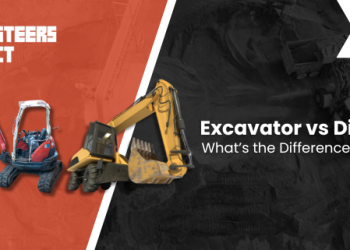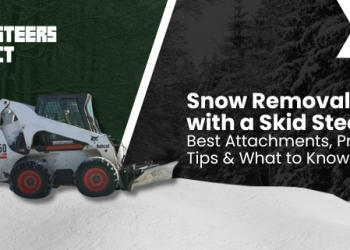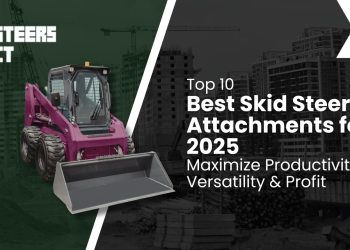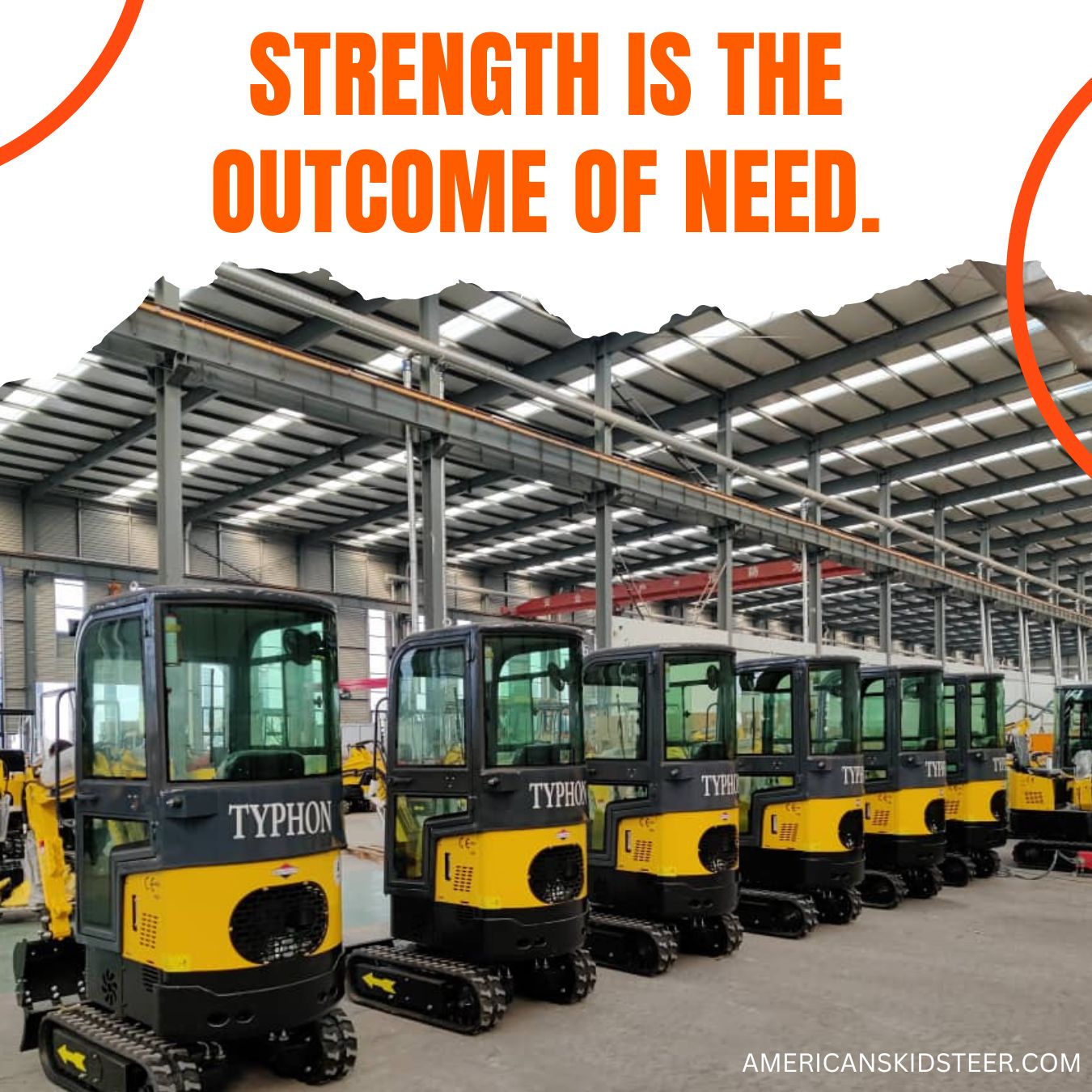Examine the site: Evaluate the area to highlight obstructions like large rocks, underground utility lines, cables, wires, and poles.
Select the efficient attachment: Select the bucket, leveler, landscape rake, or another attachment best suited for the specific project.
Rough grading: This step shapes the soil for the appropriate contour, and elevation sets the slope to prevent water from pooling.
Flatten the grade: Use a bucket attachment to flatten the soil via back-dragging so you can use it as a grading blade as well.
Final Step: Spray water on the soil to determine areas of pooling and make corrections as required.
When using a skid steer for ground leveling, achieving a smooth, even surface requires proper technique and attention to detail. Here are some common mistakes that can hinder your results and lead to uneven grading, wasted time, or even damage to the skid steer or terrain:
Choosing a skid steer that is too large or small for the project.
Choosing the wrong size skid steer for a project can lead to a waste of time, energy, money, and bad results. A skid steer that’s too large may be difficult to maneuver in tight spaces and can cause damage to the surroundings, while one that’s too small may lack the power or reach needed to complete the job effectively.
Using the Wrong Attachments that can’t perform the required functions.
Selecting the correct attachment for ground leveling is very essential. Many customers assume that a simple bucket will do the trick, but for precise leveling, a grading or leveling attachment is far more effective, and as a result, it can save a lot of time, labor, and money.
Failing to even out the soil and attain the correct slope.
Failing to level the soil and achieve the correct slope can lead to issues like poor drainage, water pooling, and uneven surfaces, which can undermine the stability and appearance of the project.
Understanding Soil Types
In ground preparation and construction understanding soil types is very crucial, as different soils (such as clay, sand, or loam) have unique properties that affect drainage, compaction, and stability.
Final words:
When grading with a mini skid steer loader, you could be working with various soil types. Generally, screened topsoil works best with these machines and is the most common choice for residential construction and commercial projects. Soil with a heavy sand or clay content can be a tougher job for mini skid steers that can’t deliver sufficient power.
For optimal results in ground leveling and site preparation, avoiding these common mistakes can make all the difference. Whether you need a compact or full-sized machine, understanding equipment choice, soil types, and leveling techniques ensures smoother, more efficient projects. Ready to upgrade or expand your equipment? Visit NewExcavatorForSale.com to explore a wide range of high-quality skid steers and attachments tailored to meet your project needs.








